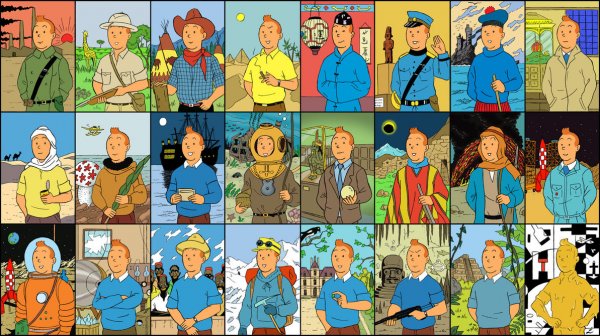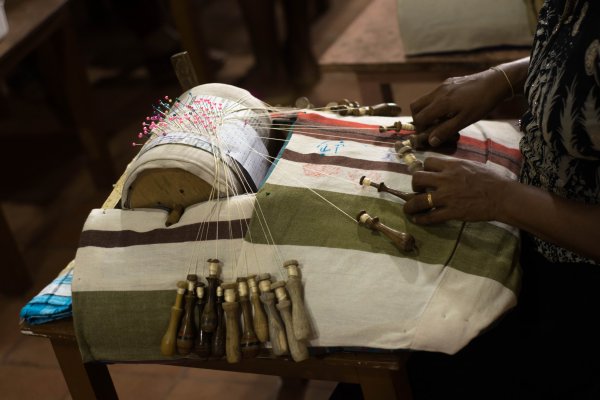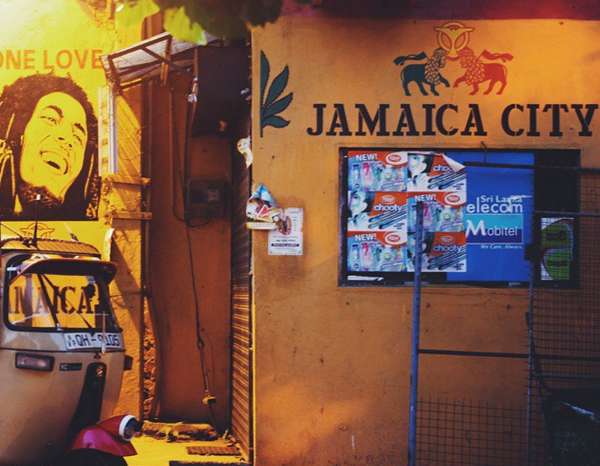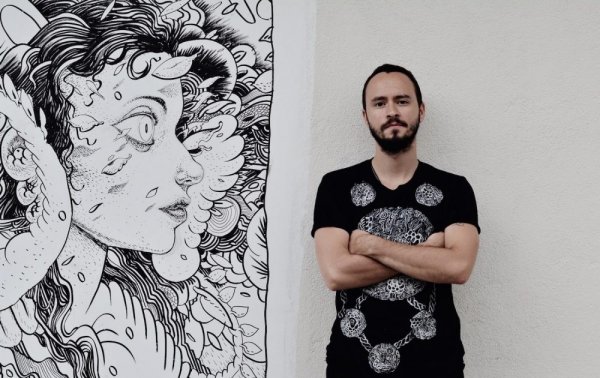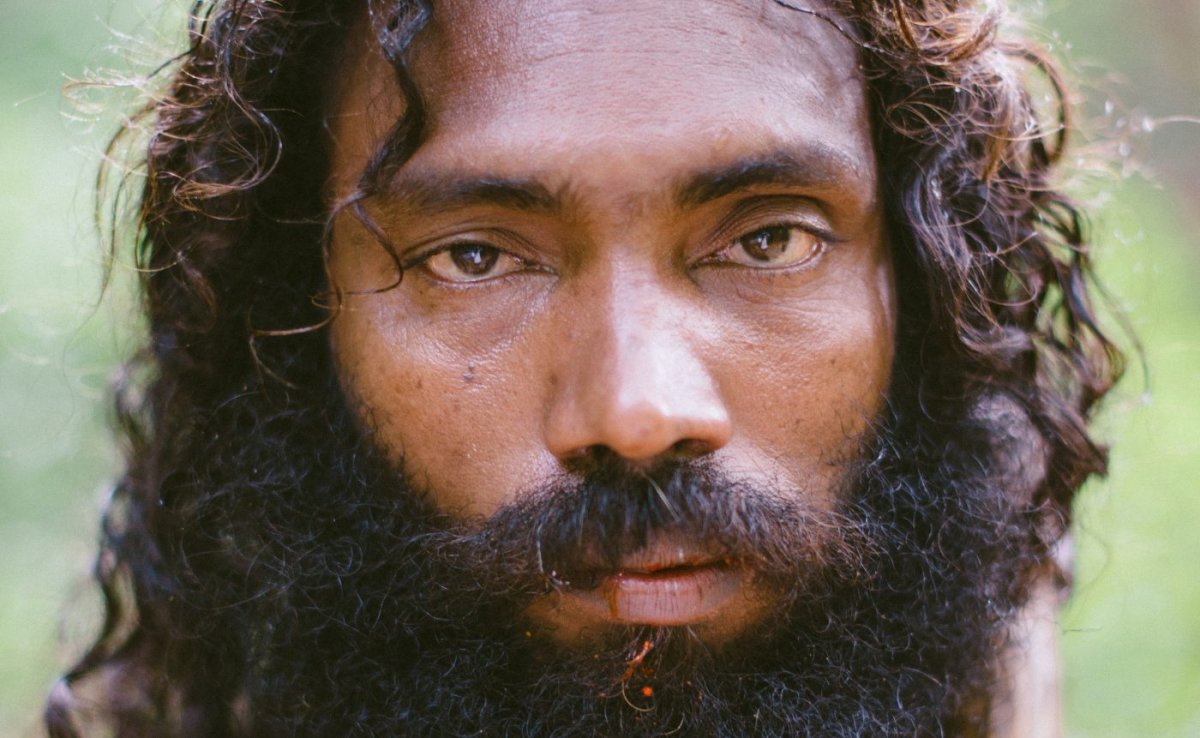
Believed to be the earliest inhabitants of Sri Lanka, the Veddas play an important role in this country’s history. But today, the indigenous people’s numbers are diminishing, and their old lifestyles fading away.
Only a few thousand Vedda people remain, and only a handful of them work to keep their heritage and customs alive. Globalisation, development, and constant change in the country have forced the Vedda people to adapt and move away from many traditions. We visited some of the last tribes in the country, to explore how the Vedda people negotiate their own, age-old lifestyle with the modern world around them.
In this first part of our series, we pay a visit to the people of the Tribe of Dannigala Mahabandalage, who live at the border of the Gal Oya National Park.
Here, only a few hundred people have Vedda blood running through their veins, and only three of them live their lives as true to the Vedda roots as possible.
The Vedda way of life has itself changed significantly over the decades. Residents of caves near the river of the park for centuries, this tribe was evicted in the late 1960s to make space for the Gal Oya reservoir project. The last of the Vedda here moved out of the remaining caves in the 1990s.
Today, the tribe has had to move away from many traditional ways, and make space for a more modern life. The language of the Vedda is only spoken by a few, and the bloodlines and ancestral lines are blurred and mixed with people from other groups.
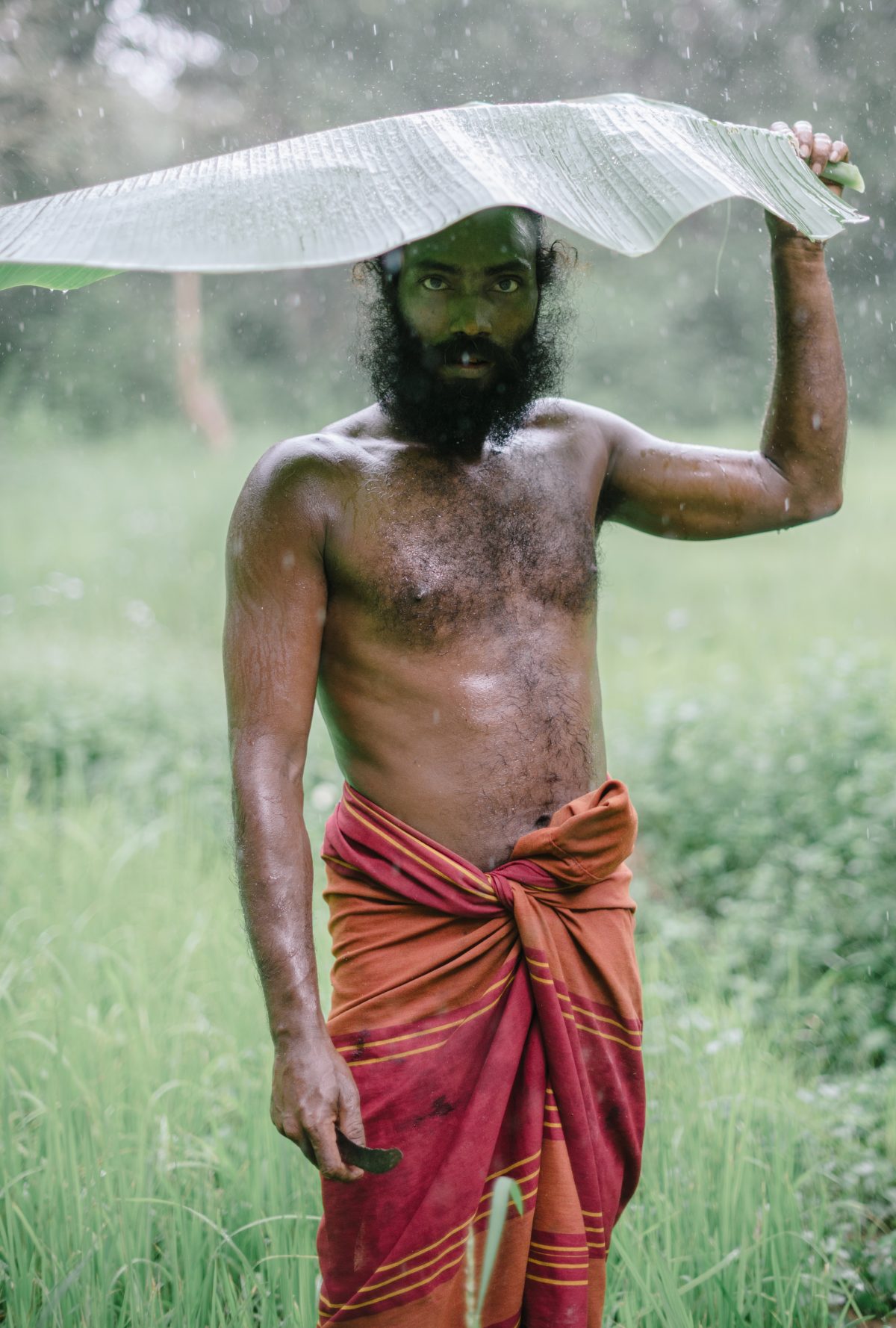
The deputy chief of the tribe, Wije Wannidaathatho, takes shelter from the rain underneath the leaf of a banana tree. He is one of the only three Veddas here who tries to live life the original Vedda way. His house has no electricity and is built very simply. He is very keen on speaking the Vedda language and engages in traditional ways of living, such as making his own medicine and cooking food with special leaves and ingredients he gathers from the woods.
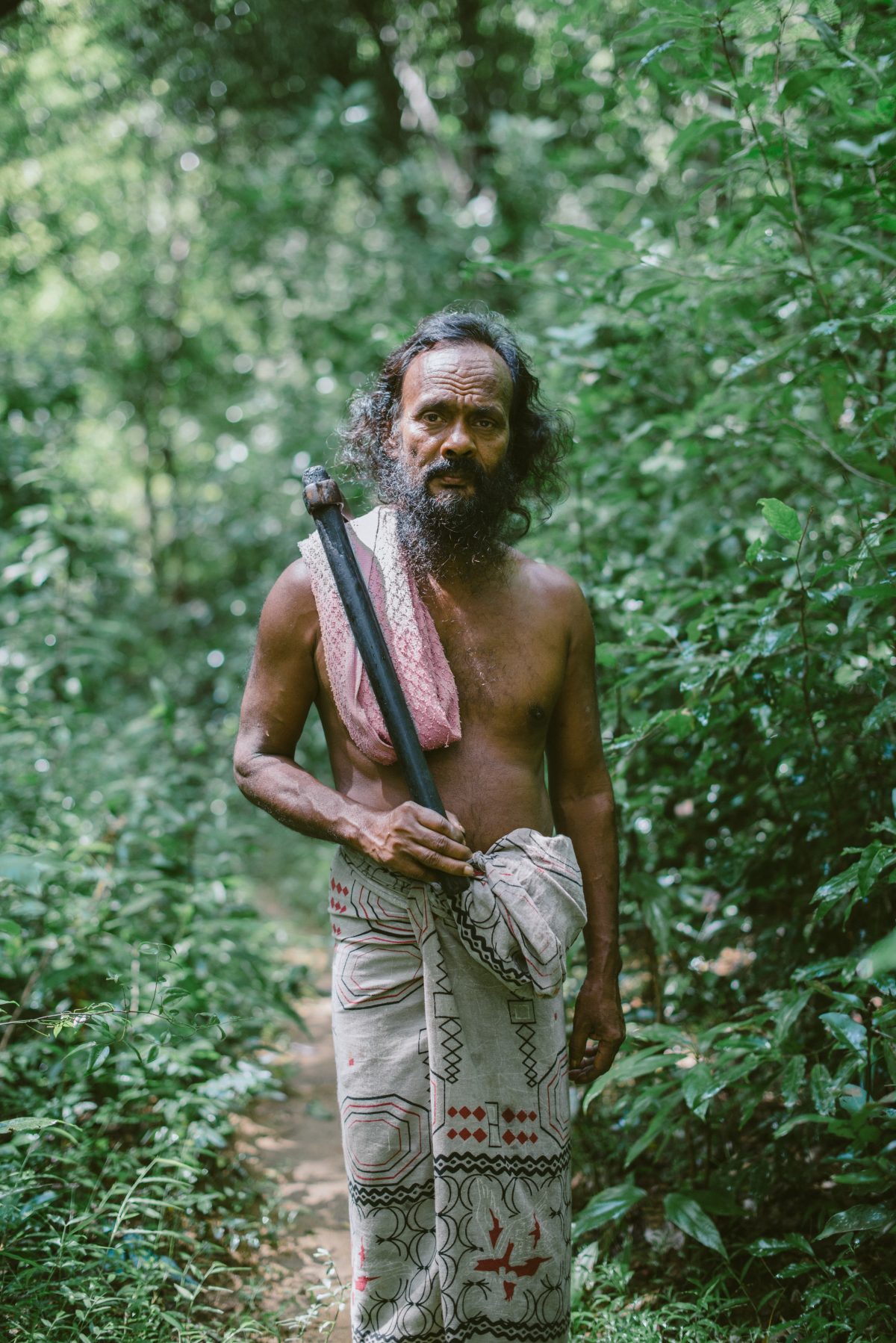
Portrait of the chief of the tribe, Suda Wannidaathatho. Both he and the deputy carry their axes at almost all times. The axe is a multipurpose tool they use for hunting, cutting trees and crops, and for rituals. The axes are passed down from generation to generation. This particular one was made by the chief’s great grandfather, and is more than a century old.

Wije Wannidaathatho poses for a photograph, standing knee-deep in a puddle of water. I took this photo when the Vedda took us around the forest, to show how close their lifestyle is to nature.

The chief and deputy stand on a rock in the middle of a river. The traditional lifestyle of the Vedda is closely linked to nature, and they spend most of their time out in the wild. Even though their lives have changed much over the last so many years, they still care for the environment surrounding them.
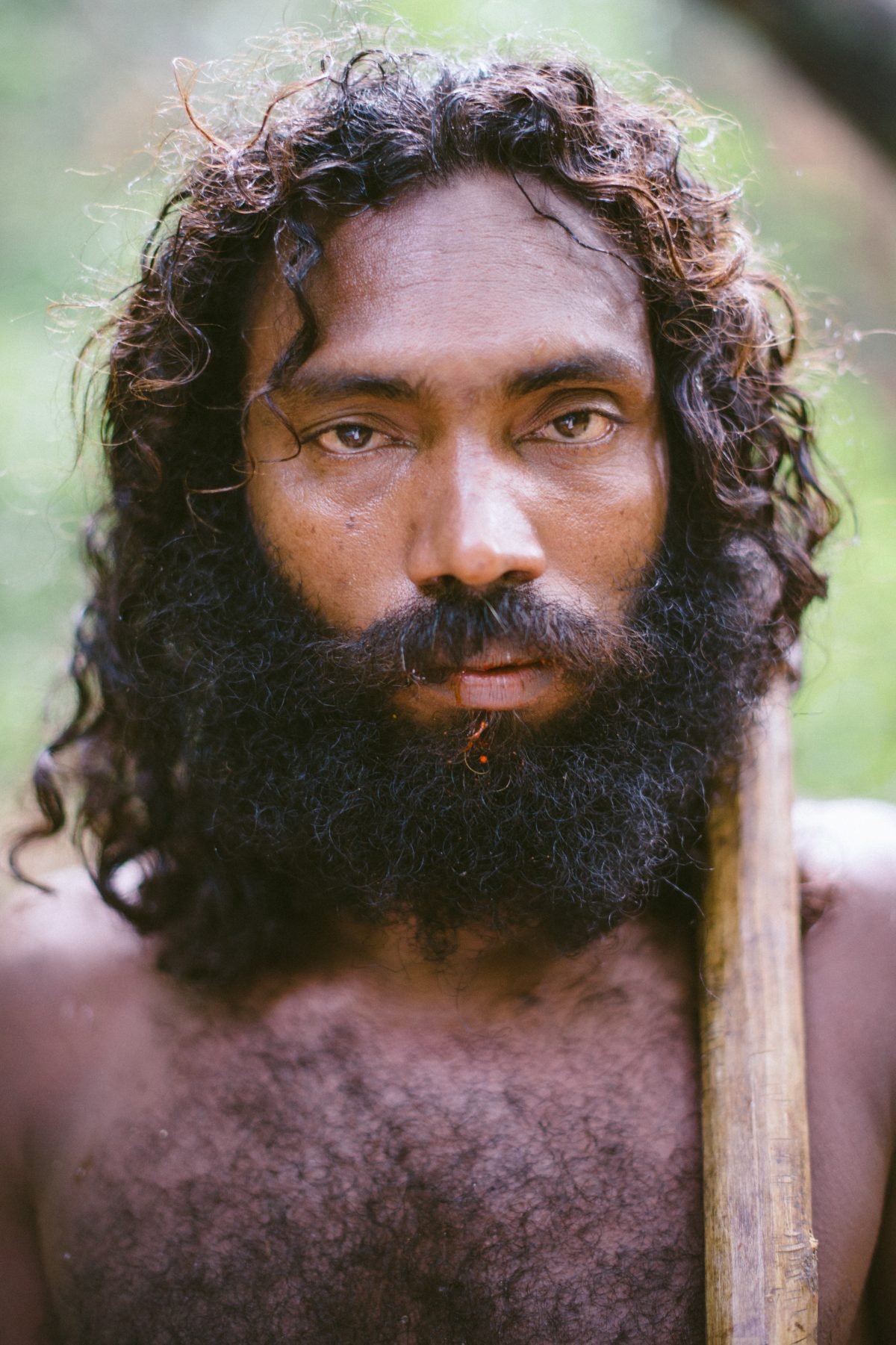
Close up portrait of Wije. A face carved and influenced by nature and the wild.
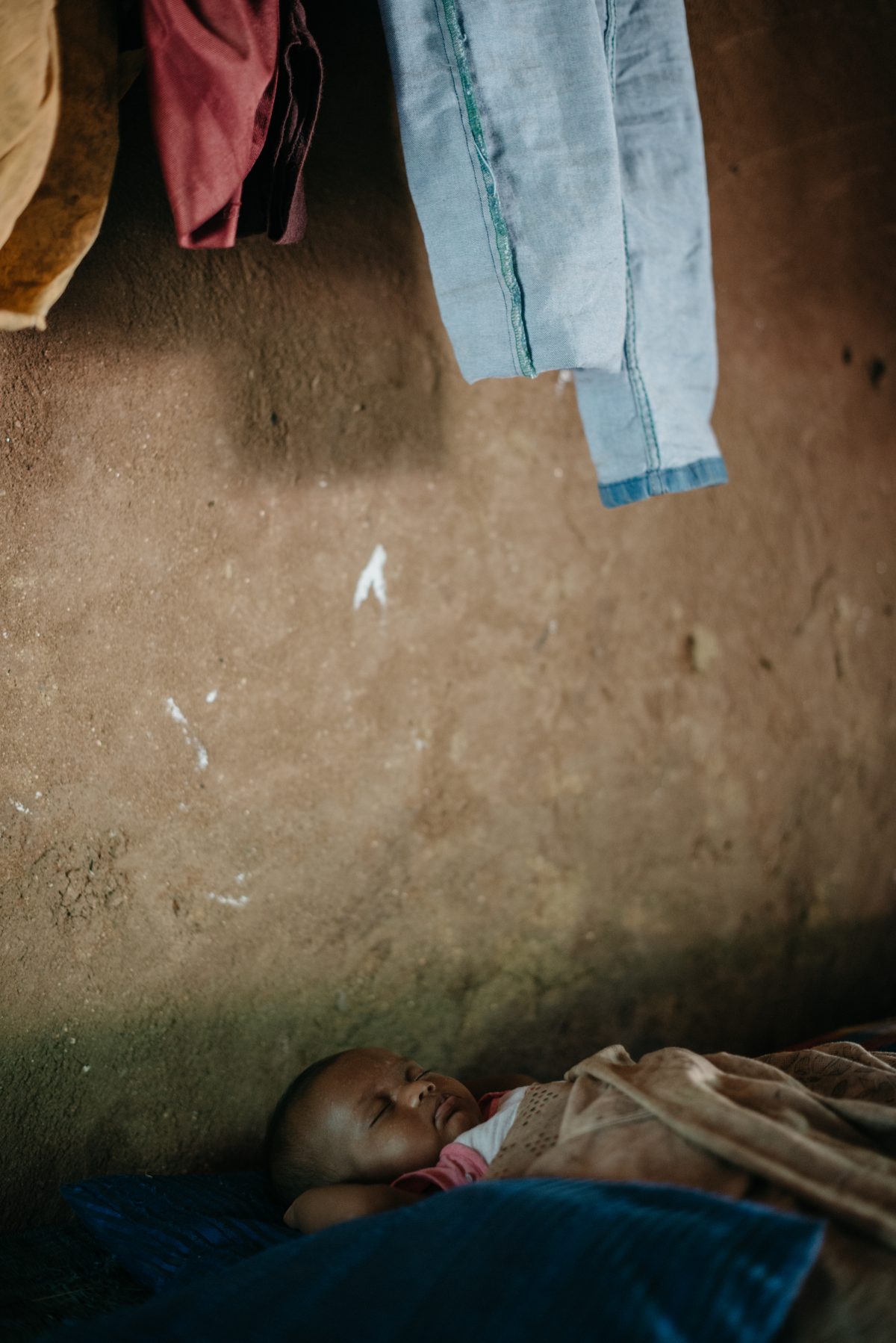
A sleeping baby. The jeans create an interesting contrast to the wall of the mud house in the background. Since the customs of the Vedda are being forgotten, this baby will most likely not grow up to live the traditional Vedda lifestyle.
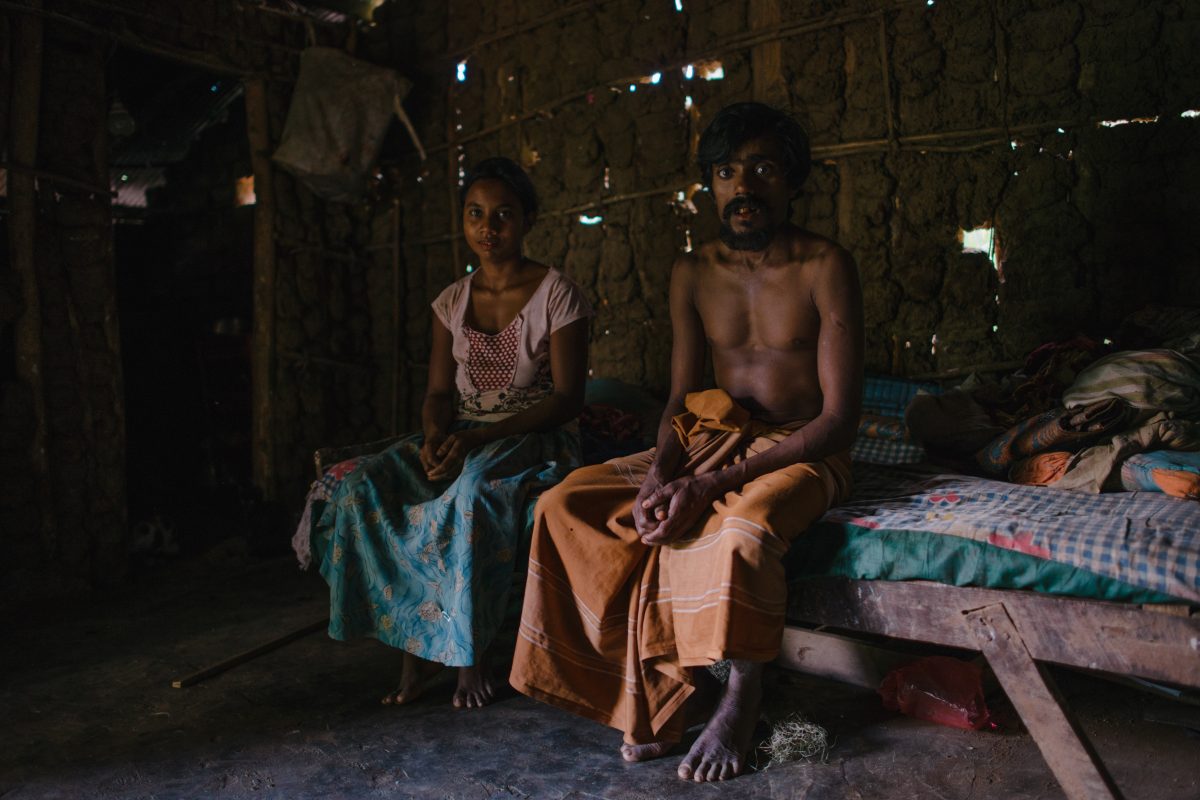
A young couple sits on the bed of their mud house. Traditionally, women marry inside the tribe. But in recent years the lines have blurred and a lot of women have married Sinhala or Moor neighbours.

A mother and her child in their home. Even though most Vedda people don’t wear the traditional clothes and live by the old ways, most of the people still have Vedda blood in them, and proudly call themselves Vedda.
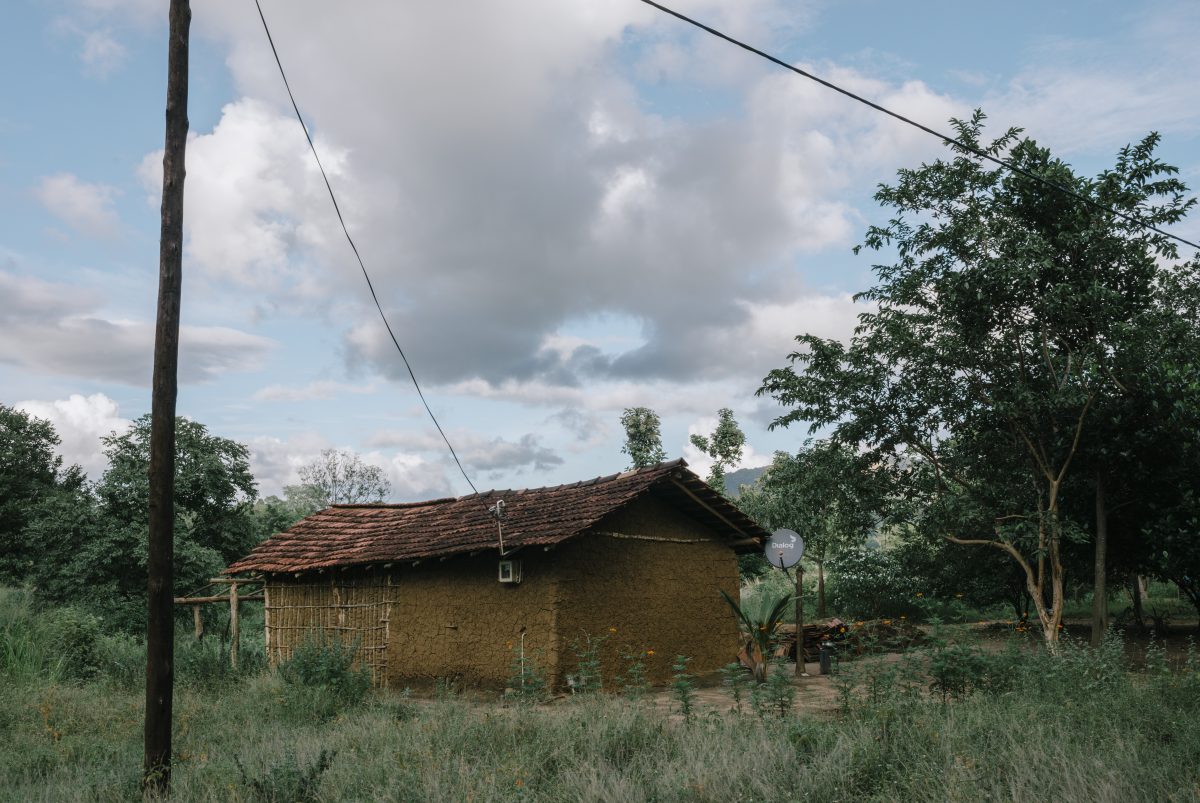
A traditional mud house, equipped with a modern satellite dish and electricity. Access to TV and electricity has become a requirement for the community here.
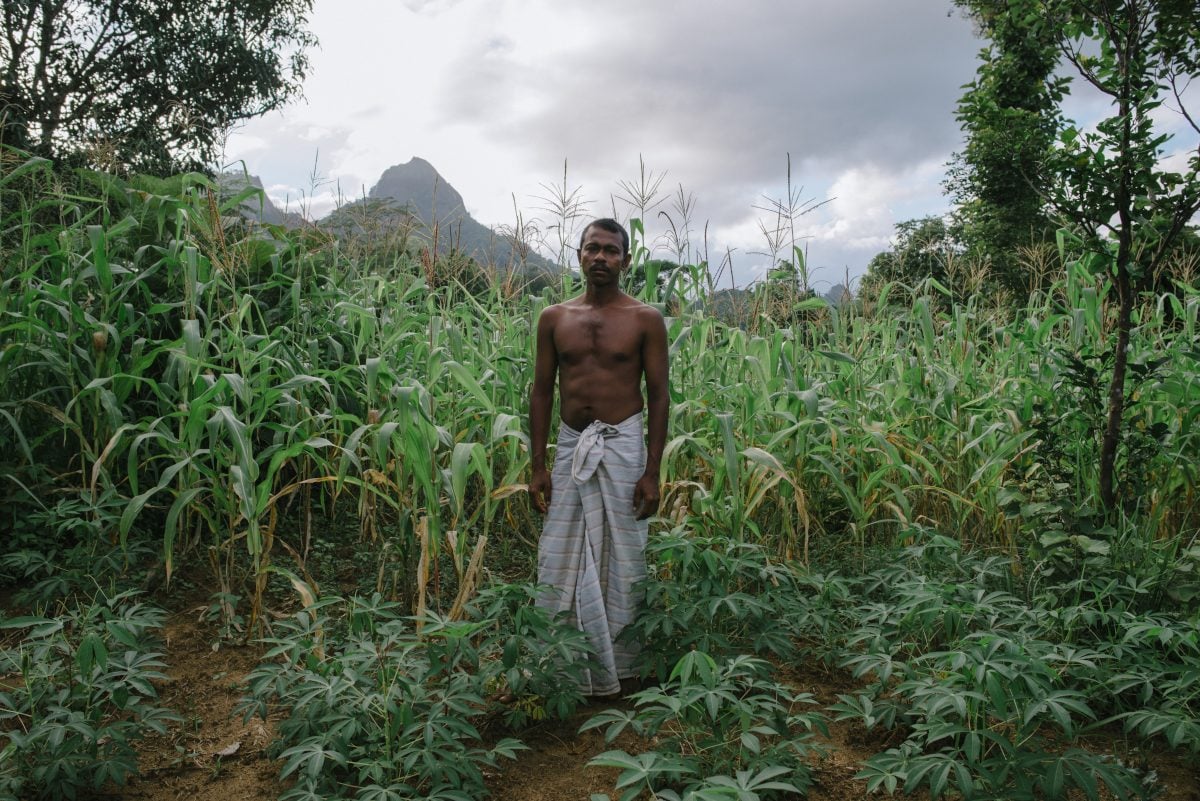
The father of one of the tribe’s families poses in front of his crops. Each family has their own plot of land, where they cultivate crops to sustain themselves.
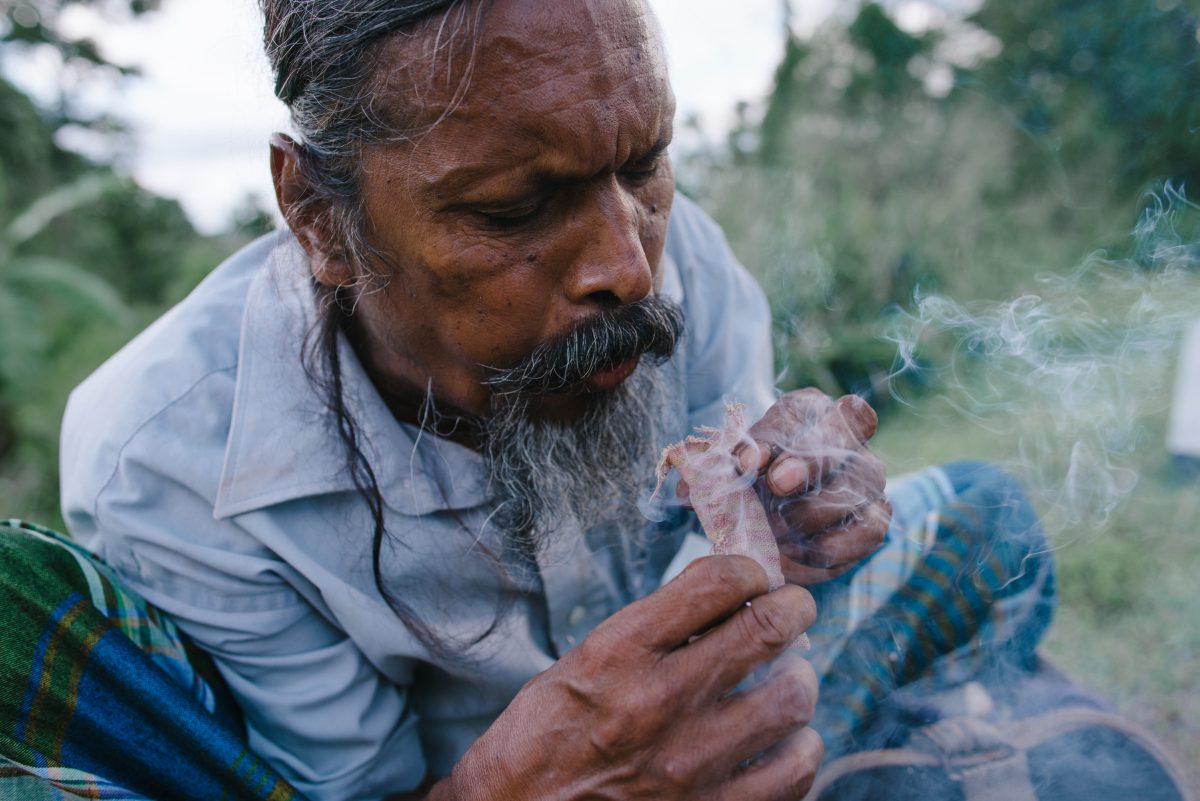
An elderly man demonstrates how to make a fire with nothing but wool, a piece of cloth, and firestones. The Vedda are proud of their skills, which have helped them survive in the wild for centuries.
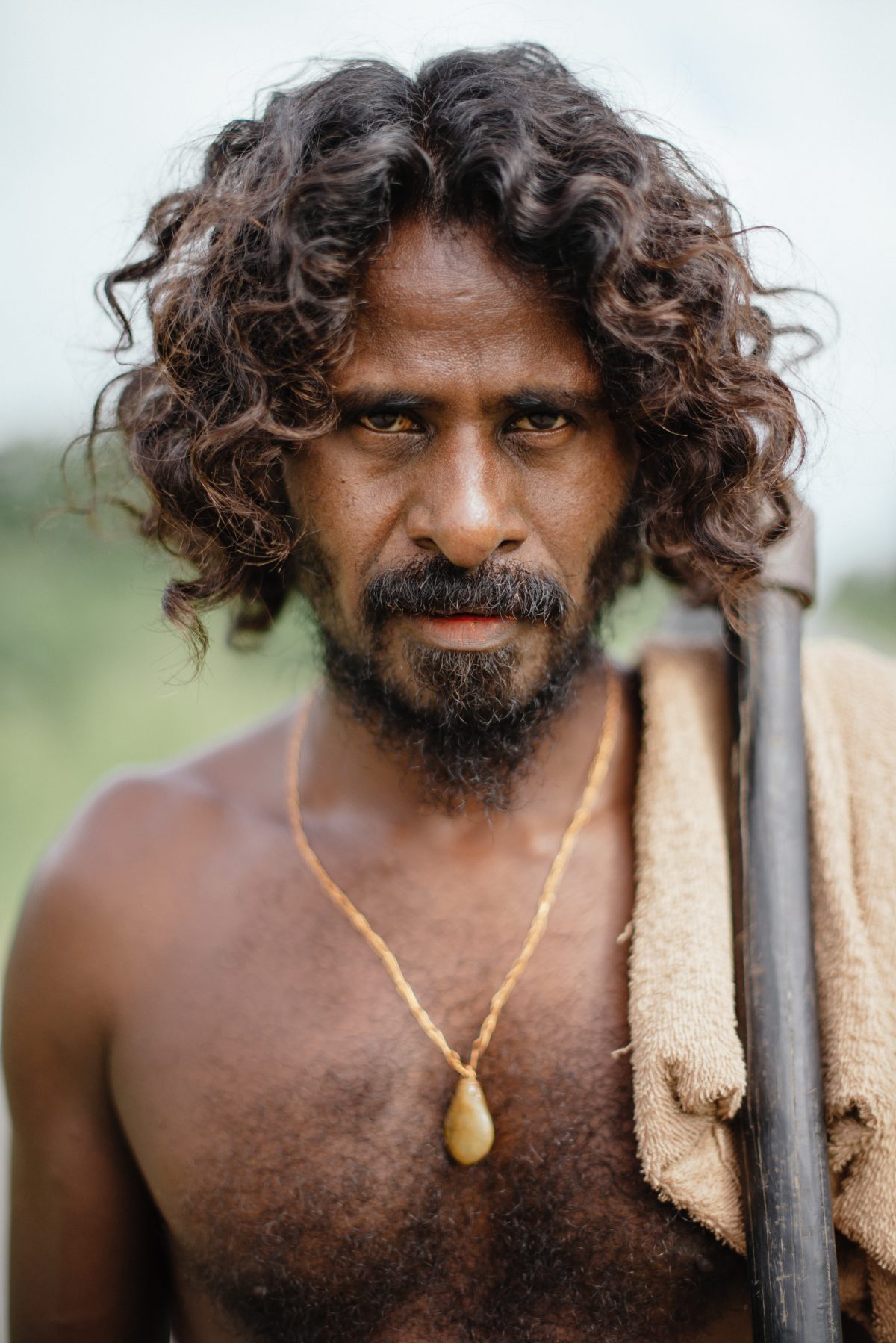
The Tribe’s secretary, Gune Wannidaathatho. He gathers the issues and requests of the tribe, and brings them to politicians and officials in the towns. He proudly wears a necklace made by himself, sporting a stone he found. Veddas are known for their excellent skills in craftsmanship.
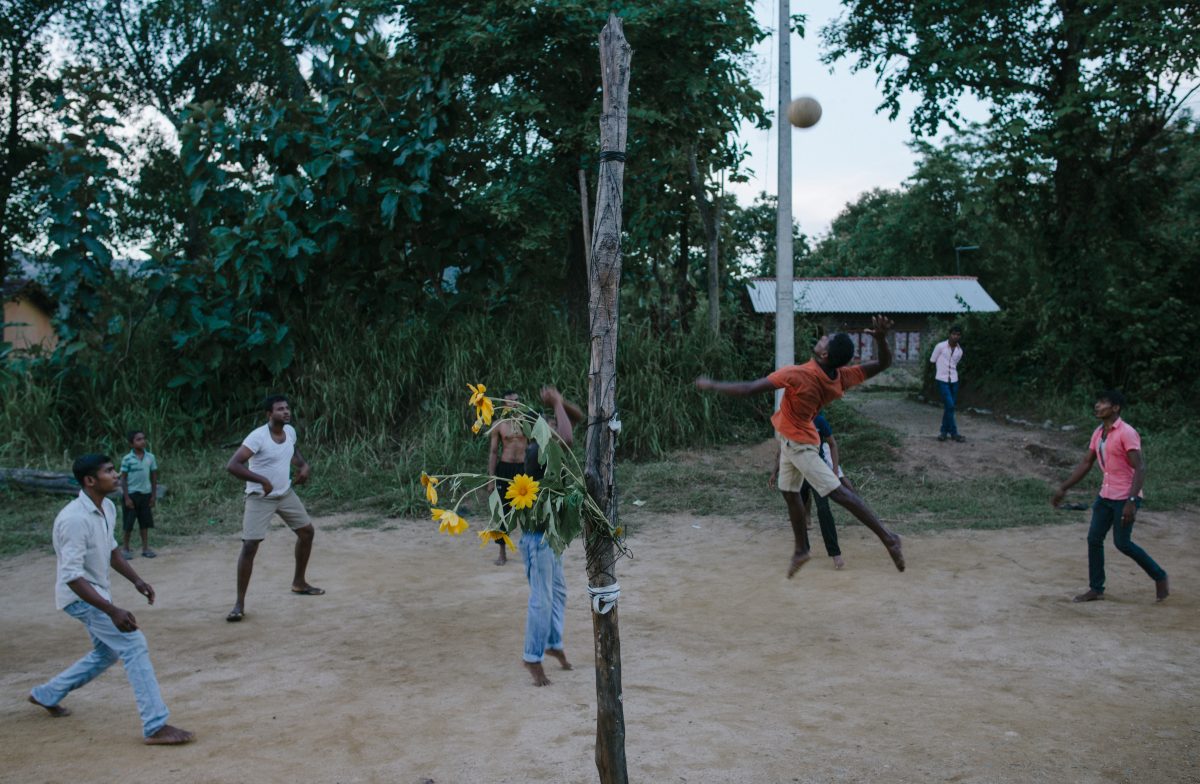
Children and young adults, both Vedda and Sinhalese from the neighbouring towns, engage in a game of volleyball during the last hours of the day.
The photographer would like to thank Jayaba, Phil, and Tim from the Gal Oya Eco Lodge, for assisting him along the way, and without whom this project would have been impossible to pursue.
